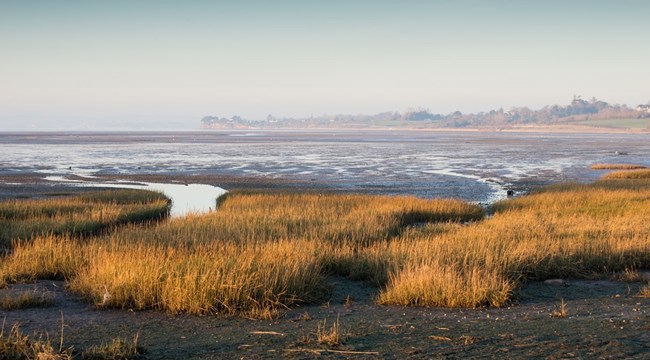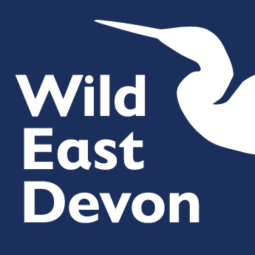Exmouth Local Nature Reserve
Content

An Estuary Nature Reserve Like No Other
Exmouth Local Nature Reserve is a massive area of tidal sand and mud at the southern end of the Exe Estuary.
The Estuary is a fantastic place to explore by foot, cycle, wheelchair or buggy, with miles of safe walking and cycling trails around the entire estuary which offer some spectacular views and wildlife sightings.
A Globally Important Nature Reserve
Th Exe Estuary with its expanse of inter-tidal mudflats and sandbanks, salt-marsh and wet meadows, is a haven for birds and is a globally important area of overwintering waders and waterfowl. In the autumn thousands of birds fly from the freezing Arctic to spend the winter months on the Estuary, one of Devon’s most impressive natural spectacles.
The Estuary is designated as a Special Protection Area (SPA) in recognition of it's international importance in hosting species listed as being rare and/or vulnerable.
Winter: Winter visitors to the reserve include thousands of Dark-bellied Brent Geese and Wigeon, who spend the winter months feeding and resting on the seagrass bed between Exmouth and Lympstone after their breeding season and long migration to the UK.
They arrive at the Estuary exhausted, and in need of an undisturbed refeed. Help them to conserve energy by following the Exe Estuary Codes of Conduct and not getting too close.
Summer: A flower-rich bankside can be enjoyed in the summer and is an important site for invertebrates such as butterflies, dragonflies and bugs.
The Weasel Run track at Exmouth Local Nature Reserve is part of the East Devon Way, it runs alongside the nature reserve is accessible to wheelchairs and offers great views across the Estuary.
Plan Your Visit
- Parking: The nearest parking can be found at Imperial Road pay and display car park.
- What.three.words: Footpath Entrance ///transmit.assurance.matter
- Walking Information: Out on the sand there are no formal access routes, so you are free to explore this wild area (following the Exe Estuary Codes). Be careful when walking on the mud, as it can be very deep in some places - wellington boots are a must. Crossing creeks between the sandbanks can be dangerous as the incoming tide can quickly isolate large areas. Always be aware of the tide times.
- Access: The Weasel Run alongside the nature reserve is accessible to wheelchairs and offers great views across the Estuary.
- Dogs: Dogs are welcome but must be kept under close control, and owners should clean up after them. Following the Exe Estuary code is essential.
Opening Hours
Exmouth Local Nature Reserve, like all East Devon District Council nature reserves is open to the public free of charge year-round.
Directions
The Local Nature Reserve is very close to both Exmouth railway and bus stations and is easily accessed from any bus or train service to the town.
Find directions to Exmouth Local Nature Reserve nature reserve with Google Maps.
